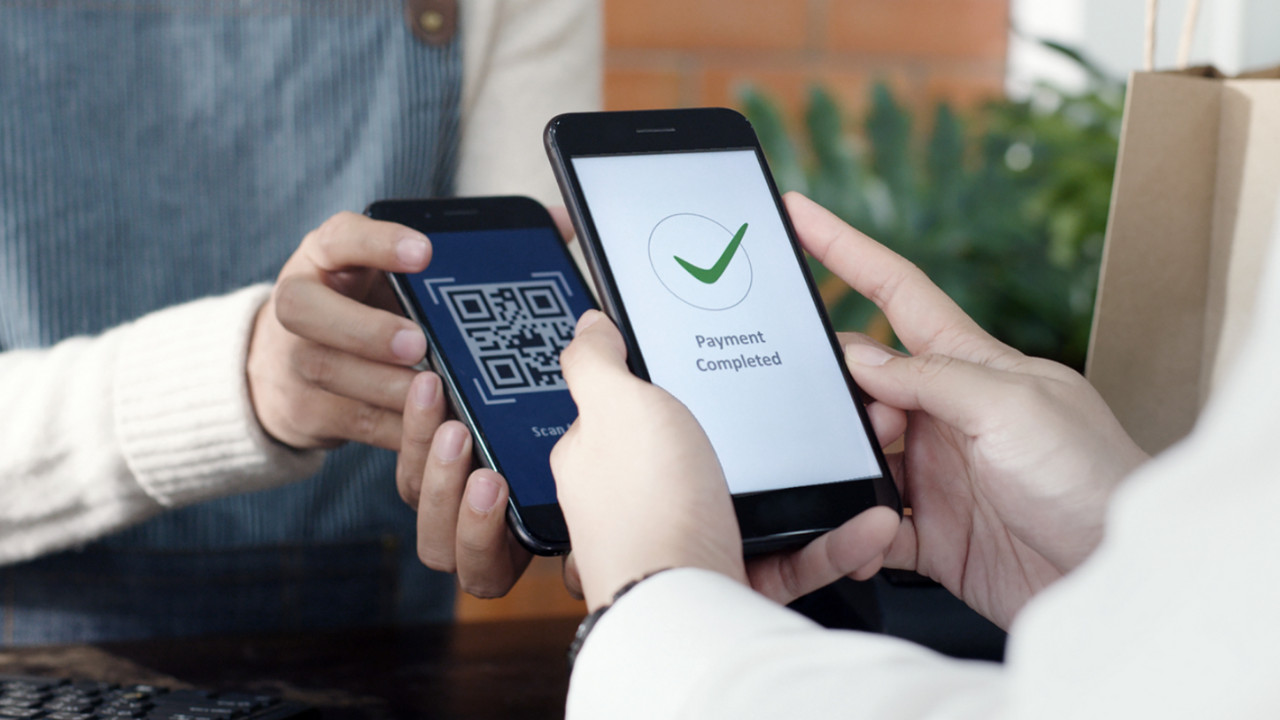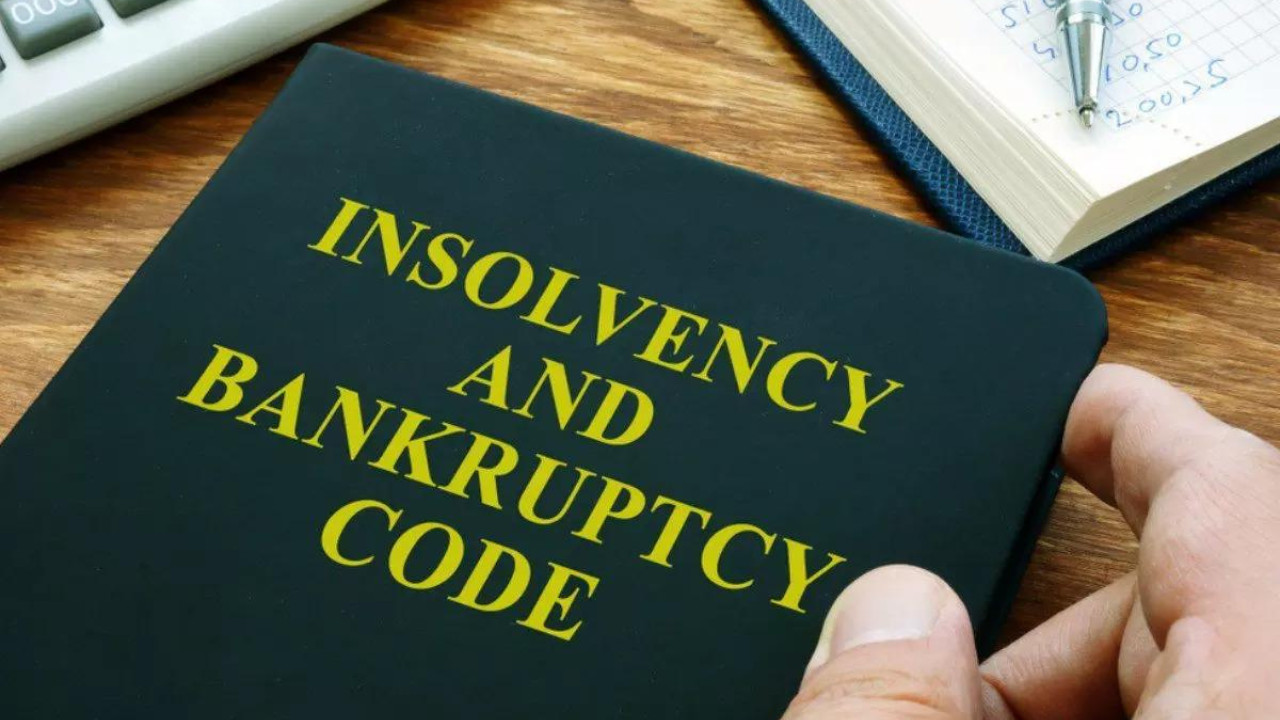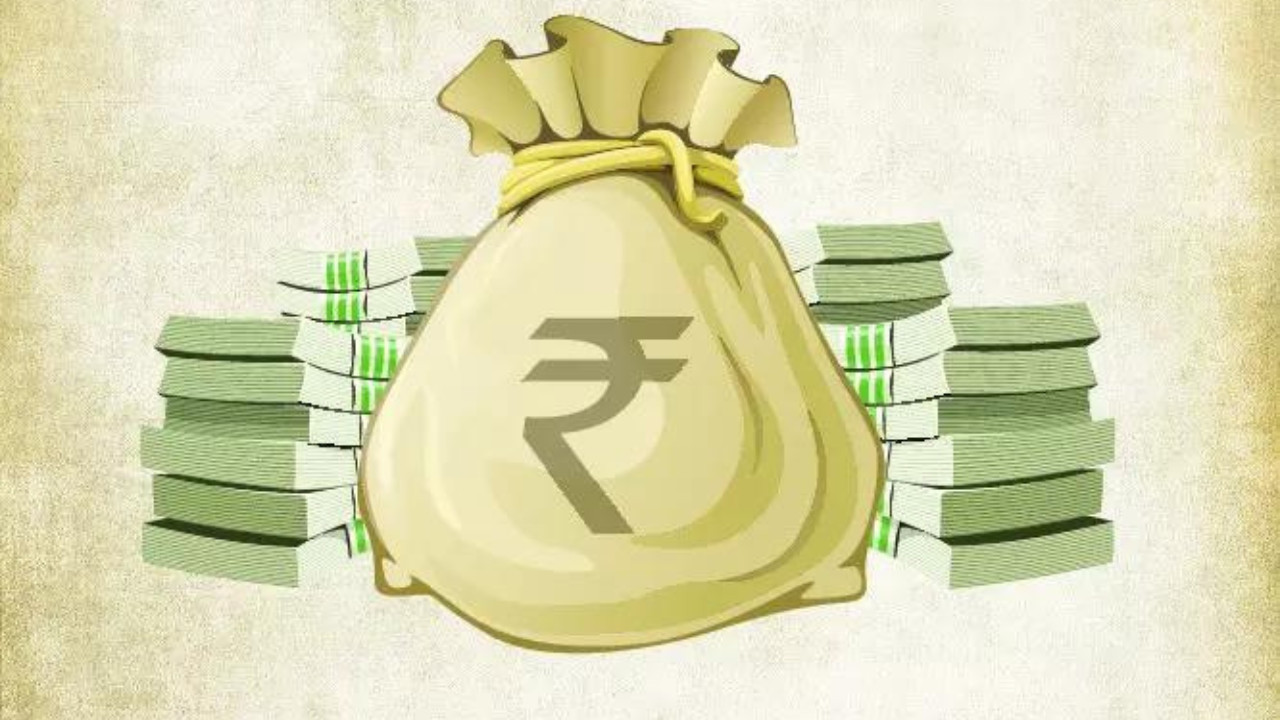RBI Deputy Governor M Rajeshwar Rao inaugurated a cyber security awareness walkathon in Chandigarh, emphasizing the responsible use of digital banking platforms. The event, organized by the Bankers’ Club, aimed to promote safe banking practices amid the increasing adoption of digital payments. Rao also encouraged the public to verify currency notes using the ‘look, touch, and feel’ method.
Navigating the Digital Wallet: A Call for Savvy Spending
The world is increasingly powered by digital transactions. Swiping a card, tapping a phone – it’s all become second nature. But with this convenience comes a responsibility to understand the landscape and protect ourselves from the lurking dangers. Just last week, a walkathon in Chandigarh, spearheaded by Reserve Bank of India (RBI) Deputy Governor T Rabi Sankar Rao, shined a spotlight on this crucial need for digital payments safety. It wasn’t just a leisurely stroll; it was a stride towards a more secure and informed financial future.
The Deputy Governor didn’t mince words. He stressed the importance of vigilance. It’s easy to get caught up in the ease of digital transactions, to forget that behind every click and every tap, there’s a trail of data – data that needs to be protected. The walkathon served as a powerful reminder that we all have a role to play in safeguarding our financial well-being in this digital age.
Beyond the Buzzwords: Understanding Digital Payment Risks
We often hear about cybersecurity threats, phishing scams, and data breaches. But what do these things really mean for the average person trying to pay their bills or buy groceries online? It’s about more than just abstract concepts; it’s about real money and real peace of mind. Think about the last time you received a suspicious email asking for your bank details, or a text message claiming to be from your credit card company. These are just a few examples of the everyday threats we face.

The key takeaway? We need to move beyond passively accepting the risks and actively arm ourselves with knowledge. Understanding the different types of scams, learning how to identify phishing attempts, and practicing safe online habits are essential steps.
Mastering the Art of Safe Online Transactions
So, how do we become more savvy digital citizens? Here are a few practical tips:
* Be Password Smart: Use strong, unique passwords for each of your online accounts. Password managers can be a lifesaver.
* Embrace Two-Factor Authentication (2FA): This adds an extra layer of security, making it much harder for hackers to access your accounts, even if they have your password. Think of it as a digital deadbolt.
* Stay Alert to Phishing: Be wary of suspicious emails or text messages asking for personal information. Never click on links or download attachments from unknown sources. Double-check the sender’s address and look for red flags like grammatical errors or urgent requests.
* Keep Your Software Updated: Software updates often include security patches that protect your devices from the latest threats. Enable automatic updates whenever possible.
* Monitor Your Accounts Regularly: Keep a close eye on your bank and credit card statements for any unauthorized transactions. Report any suspicious activity immediately.
* Use Secure Networks: Avoid using public Wi-Fi for sensitive transactions. Public networks are often unsecured, making it easier for hackers to intercept your data. Use a VPN (Virtual Private Network) to encrypt your internet traffic and protect your privacy.
A Collaborative Effort: Banks and Consumers Working Together
The responsibility for digital payments safety doesn’t rest solely on the shoulders of individual consumers. Banks and financial institutions also have a crucial role to play. They need to invest in robust security measures, educate their customers about potential risks, and provide prompt and effective support when things go wrong. We have seen banks adopt measures like sending OTPs and introducing daily limits, yet more needs to be done.
This walkathon in Chandigarh, supported by the RBI, is a step in the right direction, highlighting the collaborative spirit needed to create a safer digital environment. It’s about building trust, fostering awareness, and working together to protect ourselves from fraud and cybercrime. In fact, you can read more about securing your savings with other proactive safety measures.
The Road Ahead: Towards a More Secure Digital Future
The future of finance is undoubtedly digital. As technology continues to evolve, so too will the threats we face. By embracing a proactive approach to security, staying informed about the latest risks, and working together to create a safer online environment, we can navigate the digital wallet with confidence and protect our financial well-being. It’s not just about avoiding scams; it’s about building a future where digital payments are secure, reliable, and accessible to all. That future is within reach, and it starts with each of us taking responsibility for our own digital payments safety.







